Fees and Remuneration in South Africa in the 1920’s
The South African Society of Massage and Medical Gymnastics (now known as the South African Society of Physiotherapy) was formed on …
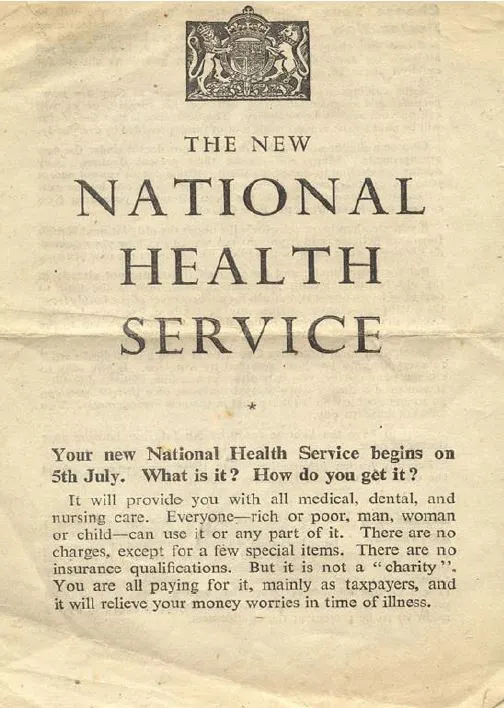
The introduction of General Management into the National Health Service (NHS) in the United Kingdom (UK) which commenced in 1983/1984 was one of the most extensive and radical sets of changes to have taken place in the Service during its 73-year history. Arguably, the Griffiths recommendations which brought general management …
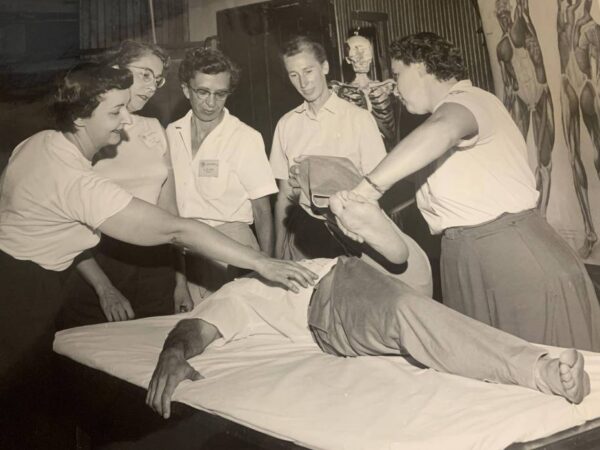
Initially termed ‘proprioceptive facilitation’ by Dr Herman Kabat in the early 1940’s, physical therapist Dorothy Voss added the word ‘neuromuscular’ to give us the now familiar Proprioceptive Neuromuscular Facilitation (PNF). Kabat’s conceptual framework for PNF came from his experience as a neurophysiologist and physician, and the works of Sister Elizabeth …
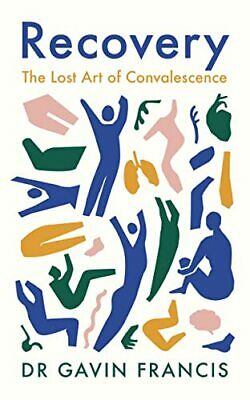
In the history of physiotherapy, there’s been precious little work on the cultural history of the physical therapies themselves. But over the last few months, a few pieces of popular science writing have tackled subjects that are close to our hearts. Bill Hayes’ book Sweat: A history of exercise is …
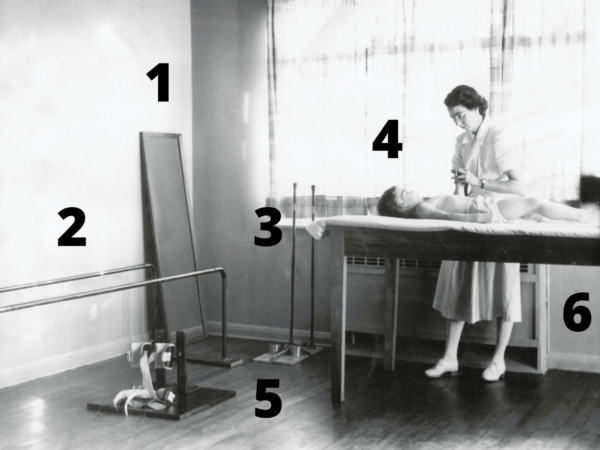
Physiotherapy is a profession synonymous with its hands, however there is much equipment we also use. The 100 Objects of Physiotherapy project aims to tell a story of the profession through the tools that it has used throughout its history. Some of the objects we’ve chosen are iconic, others are …

Fifty years ago the Australian Physiotherapy Association (APA) elected its first physiotherapist President. Previously the APA had always been presided over by a medical practitioner; which seemed perfectly natural when medical referrals were required for physiotherapy treatment. The 1970’s was a politically tumultuous period in Australia. After 23 years of …

The Australian College of Physiotherapists was established in August 1971, although the idea of a College was first suggested in 1955. The original vision was to develop a means of encouraging and recognising scholarly and original work carried out by members of the profession as there were no formal higher …

Historical Notes and Personal Reminiscences 1994 was a significant date in the history of physiotherapy in the British Isles; it was the celebration of the Centenary of the founding of the Chartered Society of Physiotherapy (CSP). It was during the summer of 1894 that four nurses and midwives, Lucy Robinson, …
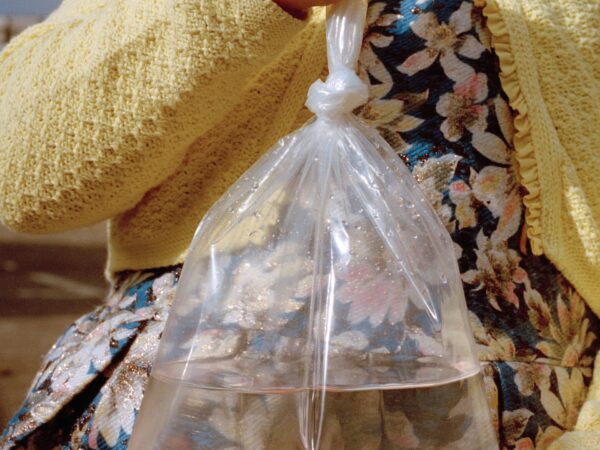
We had another great biannual meeting of the whole IPHA membership yesterday. Thanks to everyone who took part. As well as reviewing the work of the group over the last six months – especially progress on our fabulous 100 Objects campaign – we talked about getting started on our next …
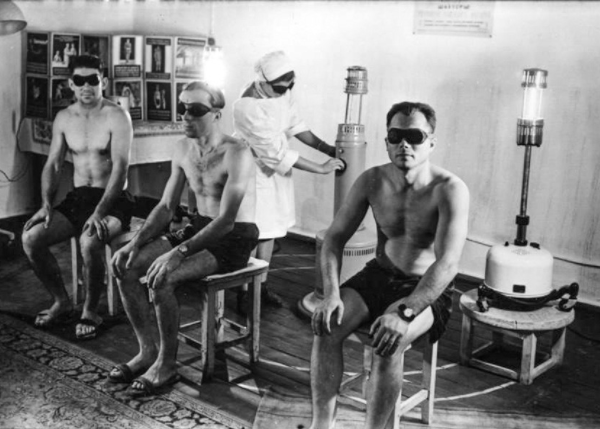
Perhaps no other country in the world has been engaged in the hardware of physiotherapy as massively as the Soviet Union. Since childhood, every Soviet citizen knew about devices for the prevention of all kinds of diseases: They were not only in hospitals and sanatoriums, but also in kindergartens, schools …
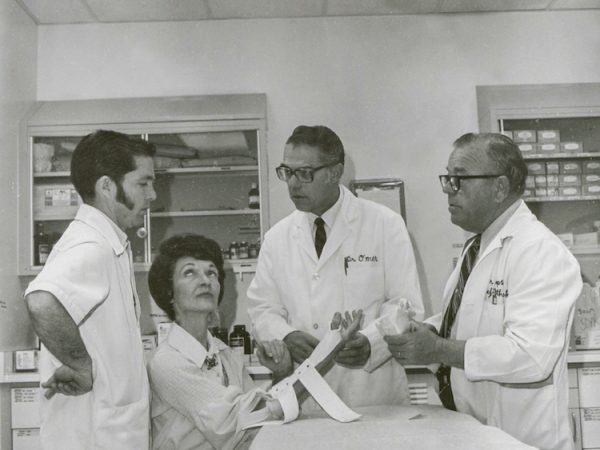
DECRETO-LEI N.938 / 69 DE 13 DE OUTUBRO DE 1969 DOU nº.197 de 14/10/69 – retificado em 16-10-1969 Sec. I – Pág. 3.658 Provê sobre as profissões de fisioterapeuta e terapeuta ocupacional, e dá outras providências Os Ministros da Marinha de Guerra, do Exército e da Aeronáutica Militar, usando das …